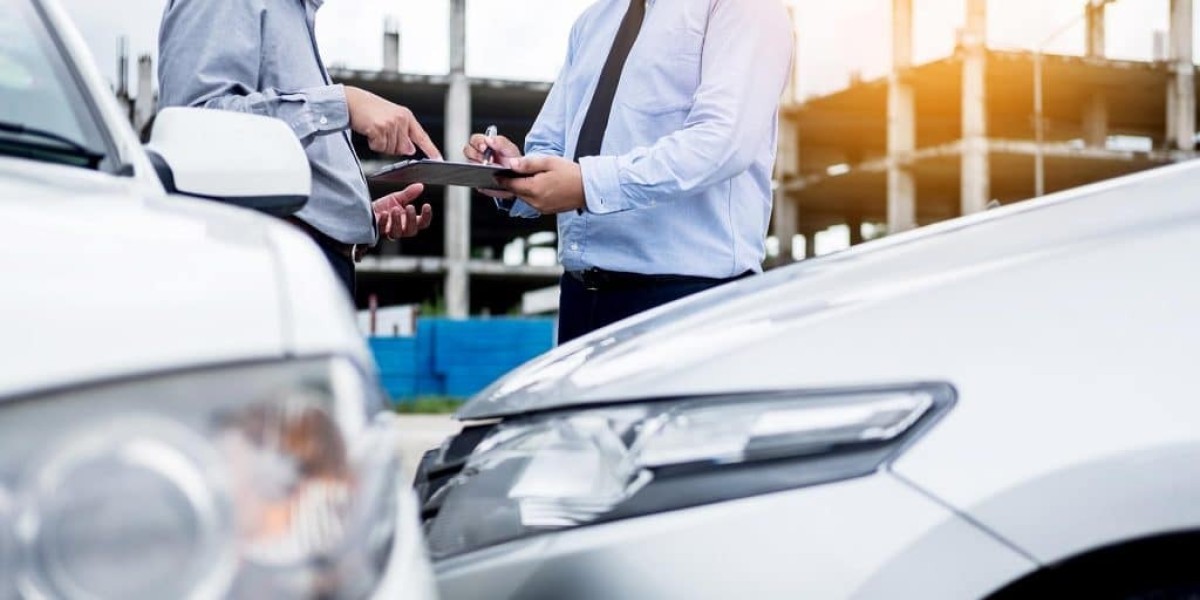With the rise of digital tools and advancements in technology, remote Car Damage Estimating has become a viable option for assessing vehicle damages. While traditional methods—where a physical inspection by an estimator takes place—remain the gold standard, remote assessments are gaining traction due to their convenience, speed, and cost-effectiveness. But how accurate are they compared to traditional methods?
How Remote Damage Estimating Works
Remote damage estimating involves collecting images or videos of the damaged vehicle, often through a smartphone app or a dedicated platform. These visuals are then reviewed by estimators, sometimes augmented by artificial intelligence (AI) tools, to calculate repair costs.
The process typically includes:
- Submitting high-resolution images of the damage.
- Providing information about the incident and vehicle condition.
- Using AI algorithms to analyze the images and estimate repair needs.
Accuracy Factors in Remote Estimating
Image Quality and Angles
The accuracy of remote estimates heavily depends on the quality of the images or videos provided. Poor lighting, incorrect angles, or missing key details can lead to underestimating or overestimating repair costs.Complex Damages
For superficial damages like scratches or dents, remote estimating can be relatively accurate. However, complex issues like structural damage or internal mechanical problems are harder to assess without a physical inspection.AI and Human Expertise
Many remote estimating systems use AI to augment human expertise. While AI can quickly identify common damage patterns, it may miss subtle details that experienced estimators could catch in person.Supplementary Inspections
Remote assessments often serve as preliminary estimates. If discrepancies arise or damages seem extensive, insurers or repair shops may require an in-person inspection to confirm the findings.
Advantages of Remote Estimating
- Speed and Convenience: Remote assessments are faster, allowing customers to receive an estimate within hours rather than days.
- Cost-Efficiency: Reduces costs for insurers by minimizing travel and labor expenses for physical inspections.
- Accessibility: Enables estimates in remote locations where inspectors may not be readily available.
Challenges and Limitations
- Hidden Damages: Internal damages or issues beneath the surface may be overlooked without a physical evaluation.
- Customer Errors: Inaccurate submissions from customers, such as blurry photos or missing information, can skew results.
- Subjectivity in AI: AI tools may still require fine-tuning to match the nuanced understanding of human inspectors.
Comparison with Traditional Methods
| Aspect | Remote Estimating | Traditional Estimating |
|---|---|---|
| Accuracy | Dependent on image quality; good for visible damage | Highly accurate for all types of damage |
| Speed | Faster; results within hours | Slower; may take days for inspection |
| Convenience | Can be done anywhere | Requires scheduling and physical presence |
| Cost | Lower operational costs | Higher due to labor and logistics |
| Reliability for Complex Cases | Moderate, may require follow-up | Excellent for all damage scenarios |
Conclusion
Remote car damage estimating is a promising alternative to traditional methods, especially for minor damages and straightforward claims. However, its accuracy hinges on the quality of input data and the complexity of the damage. While it may not fully replace traditional inspections, remote assessments can complement them, offering a faster, more accessible solution for modern insurers and customers. As AI technology evolves, the gap between remote and traditional methods will likely narrow, pushing the industry toward a hybrid approach for optimal accuracy and efficiency.










